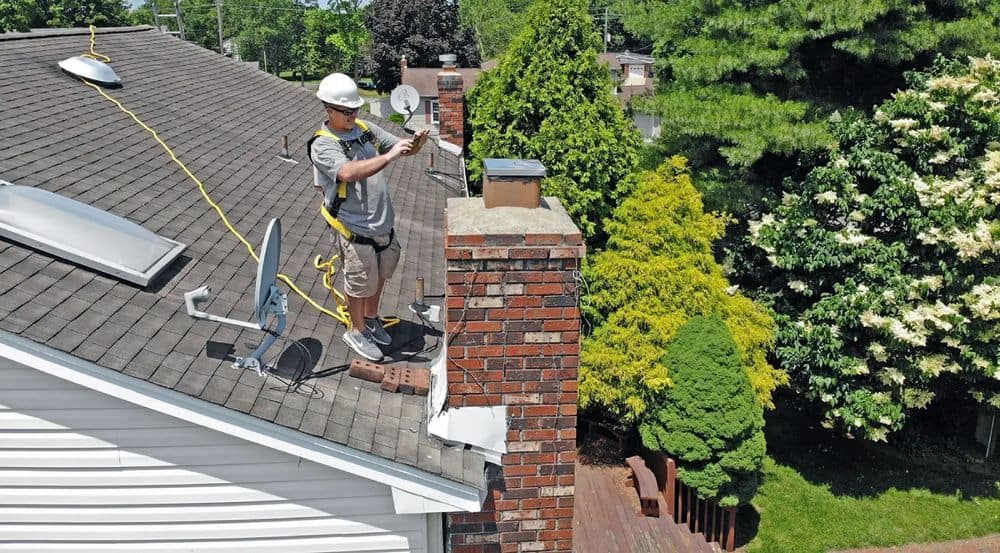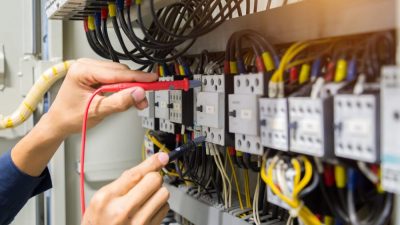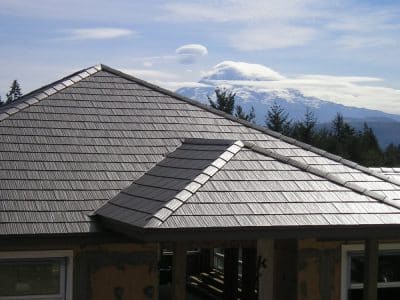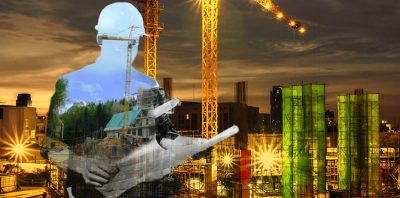
Fireplaces create a cozy atmosphere in homes, combining the smell of burning wood and the warmth from the flames. However, owning a fireplace also comes with the responsibility of chimney maintenance. Neglecting chimney maintenance can lead to dangerous fires and carbon monoxide poisoning. To ensure your family’s safety, it is crucial to have certified chimney inspectors regularly inspect your chimney.
Certified chimney inspectors specialize in inspecting chimneys, fireplaces, and vents for potential hazards or damage that can put you and your family at risk. They are trained to identify different types of debris that can accumulate in chimneys, including creosote buildup. This buildup compromises the structural integrity of the system over time and increases air pollution levels inside and outside your home.
A proper chimney inspection is essential, contrary to the misconception that chimneys only need cleaning after wildfires or natural disasters. Regular inspections play a crucial role in ensuring the longevity and safety of your home, preventing hidden dangers that may go unnoticed. Ignoring inspections can lead to health conditions and even death due to carbon monoxide exposure, often called “the silent killer.”
A certified chimney inspector begins by checking for proper installation and then evaluates any damages caused by weather or decay. They also look for water intrusion, which can lead to fungal growth at any stage. Additionally, they inspect key components of the system, such as flue liners, to identify loose bricks or obstructions like bird nests or debris that can pose fire hazards or carbon monoxide risks.
Ignoring chimney inspections can have severe consequences. Neglecting a malfunctioning chimney increases the likelihood of accidents that endanger lives and homes. Moreover, insurance claims may only be allowed if regular safety checks have been addressed, putting homeowners at greater financial risk. The cost of repairing damage after a disaster can be significantly higher than the initial cost of an inspection, highlighting the importance of protecting yourself and your family through regular inspections.
Types of Chimney Inspections
There are three types of chimney inspections, each with its own purpose and level of inspection:
Level 1 Chimney Inspection
A level 1 chimney inspection is the type of inspection that you should schedule once a year. This is the most basic type of chimney inspection and is recommended for chimneys that have been in regular use with no changes to the system. It is usually combined with a chimney cleaning. The inspector will check the accessible parts of the chimney for any visible defects or obstructions, such as creosote buildup (a flammable combustion byproduct) and any other obstructions like dead animals, animal nests, leaves, or other lawn debris
Level 2 Chimney Inspection
A level 2 chimney inspection takes a closer look at your chimney with the use of video equipment. A level 2 inspection is more comprehensive and is recommended if you’ve made any changes to the chimney system or if you’ve experienced any events that may have caused damage, such as a chimney fire or earthquake. It is also recommended if you are buying or selling a home or changing your heating system (for example: installing a fireplace insert in your fireplace). The chimney technician will enter into the crawl space, attic or any other area where he can get a closer look at hidden parts of the chimney. The inspector will perform a thorough examination of the chimney, including the flue liner, the exterior, and the attic or crawl space.
Level 3 Chimney Inspection
This is the most invasive type of chimney inspection and is only recommended if a level 1 or 2 inspection has revealed serious issues. Essentially, Level 3 inspections look at the construction integrity of the overall fireplace/chimney system as well as the nearby building materials of the house. Water damage, fire damage and age-related decomposition of building materials all can signal the need for a Level 3 inspection. This type of inspection is the most expensive because it requires removing and restoring parts of your home.
For example, the chimney crown or parts of the interior chimney wall may have to be removed in order to perform the in-depth inspection required for a level 3.
To maintain a safe and functional chimney throughout the year, follow these maintenance tips:
- Choose seasoned firewood like oak, cherry, or applewood, and avoid storing green wood inside.
- Regularly clean out ash buildup.
- Close open switches when not in use and promptly secure or replace damaged parts.
- Schedule regular chimney inspections.
Wrapping Up
In conclusion, neglecting off-season swimmer rights may seem harmless, but just as treating an illness after diagnosis costs less than seeking treatment once symptoms arise, preventing accidents through regular inspections by certified chimney inspectors saves time and money. Protecting your home from fires and ensuring the safety of your loved ones is invaluable. Stay safe!









